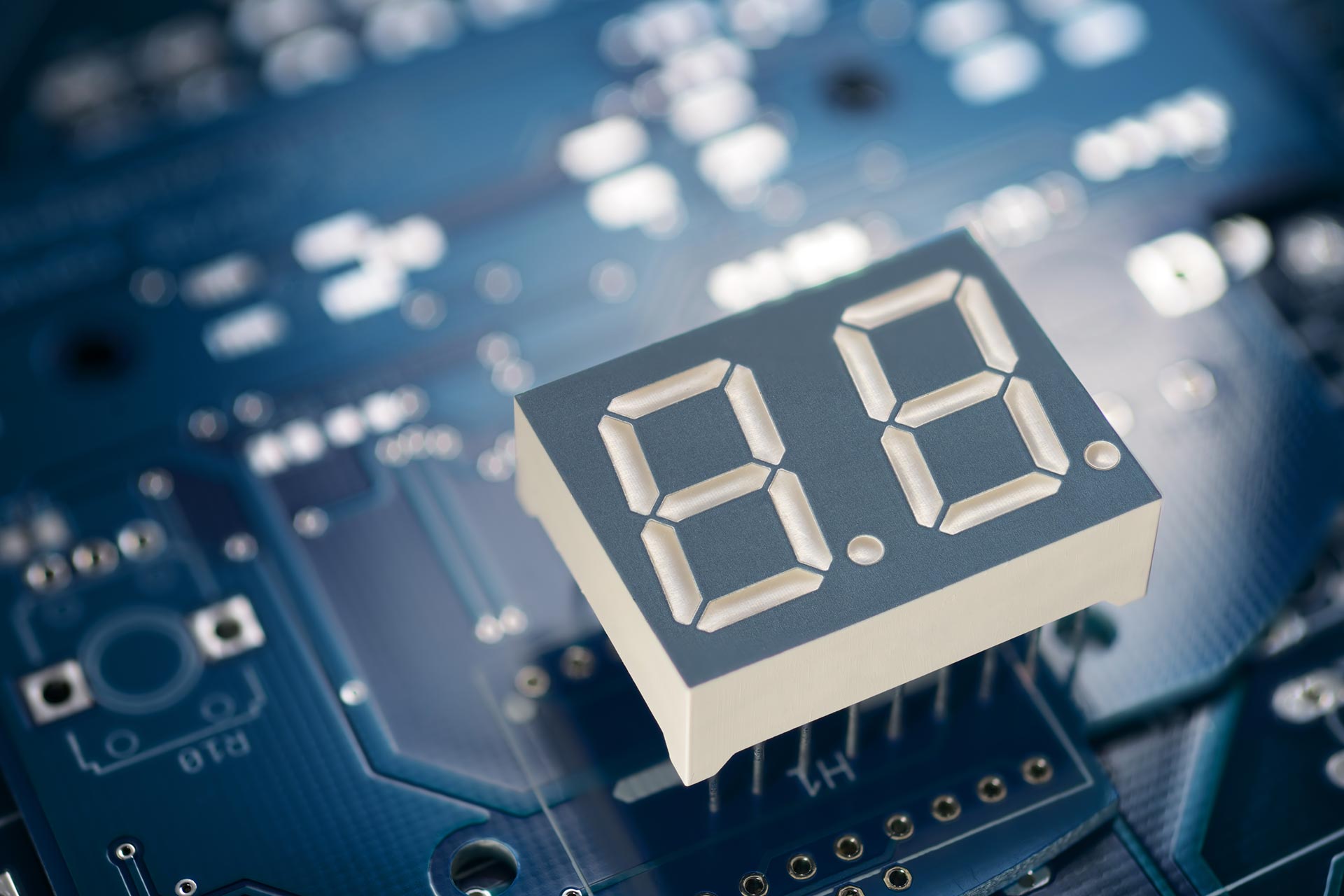When starting a company or introducing a new product in the Internet of Things space, beginning with a Minimum Viable Product (MVP) is advisable. When the offering includes hardware, consider using Commercial Off The Shelf (COTS) devices whenever possible, even if they don’t meet all the needs of your vision of the final product. Quickly testing the market will, at a minimum, help refine the requirements for a custom device. It will also allow a pivot or abandonment of an idea before incurring significant costs. Skills needed may include:
Printed Circuit Board Design
An experienced Printed Circuit Board Design Engineer is needed to create circuit diagrams and schematics to complete the PCB design. To do this effectively, they know how to evaluate components, determine when to use each type, and choose the appropriate attachment methods. Lastly, they complete the job by creating a detailed parts list and any necessary documentation, following best practices to prepare for possible manufacturing.
Component Selection
Components include a Microcontroller Unit (MCU), Energy Storage Module, Power Management Module, RF Module, and all sensors (and actuators) to create a complete device. Experts can help you determine the best, lowest cost items that work together efficiently.
Component Sourcing
A skilled resource already has familiarity with suppliers, so sourcing doesn’t result in lengthy searches and false starts. They should also decide if a single source for many (or all) components makes the most sense.
Casing/Enclosure Design and Manufacturing
The size, shape, materials, etc., that enclose the device are essential. Any enclosure design, size, shape, and materials must be appropriate for the use case and take the manufacturing requirements into account (“Design for Manufacturing”).
Environmental conditions determine the Ingress Protection (“IP”) Rating of a case. A typical IP Rating is IP67, describing enclosures with
- Full protection against dust and other particulates, including a vacuum seal, tested against continuous airflow (“6” in the first numeric position)
- Protection against full immersion for up to 30 minutes at depths between 15 cm and 1 meter (“7” in the second numeric position)
In general, an IP rating will consist of two digits, occasionally followed by a letter denoting specific materials, hazards, or testing scenarios.
Radio Frequency Engineering & Antenna Design
For wireless devices, the decision on the connectivity option (or options) is critical, with the RF module selection decision following closely after. Antenna selection dictates internal or external, size, and sensitivity.
Device Clocks
IoT is all about time-series data, requiring accuracy of the date and time associated with each sensor reading being essential.
Power Design/Power Optimization
Particularly with battery-powered devices, good power design can be the difference between a capable, optimized device and one that fails to perform adequately for the application.
Interface Protocols
Interface protocols facilitate communications within a device and to the external environment. These include serial protocols SPI and I2C, testing protocol JTAG, general-purpose protocol GPIO, and the common interface protocol USB.
Device Security
Designing a device that can operate in a secure, access-controlled application environment is the goal. Every device needs a key, which is a trusted, verified, unique identity. These keys are an essential element of IoT security and need protection from discovery and manipulation. A vital part of security maintenance is the ability to update device software. Resetting is often the way to remedy an issue, either to achieve a known-good state to recover from errors or, in extreme cases, to reset to the default factory configuration.
Manufacturer & Assembly Sourcing
For custom hardware, expertise to decide what skills are needed requires understanding how to design and build computer hardware components. Accurately translating your requirements into device specifications is critical to create sophisticated devices and make sure a device design is optimal for manufacturing.

